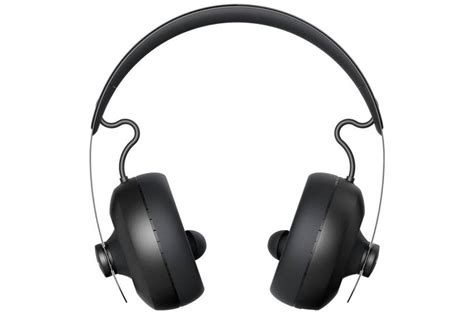In a world where noise surrounds us constantly, the ability to focus on a single sound source can feel like a superpower. At the University of Washington, a team of researchers has developed AI-powered headphones capable of just that. The technology allows the wearer to focus on a single person’s voice in a crowded environment by simply looking at them. This could be groundbreaking not only for people with hearing impairments but also for anyone who finds themselves frequently overwhelmed by background noise.
For everyone who’s ever struggled to hear in a noisy environment, the potential applications of this technology are tantalizing. The technology can be particularly valuable for those with auditory processing disorders (APD), which make it difficult to isolate a single voice among many. One user, ‘chabad360,’ noted this would significantly improve his ability to focus in busy rooms, attributing his difficulties to ADHD. Such comments highlight the broad potential for AI-powered audio solutions to enhance the quality of life for individuals with diverse hearing challenges.
There is significant excitement surrounding the potential health benefits of this technology. Users like ‘misja111’ and ‘CodeCompost’ find the concept revolutionary, particularly for crowded environments such as clubs, cafes, or social events. Imagine being in a bustling restaurant and having the ability to tune out everything except the voice of the person you’re conversing with. This is where the AI technology outshines traditional noise-canceling headphones, which primarily focus on reducing ambient noise rather than selectively enhancing specific sounds.
The practical applications are numerous. One could envision these headphones being used in professional settings, such as during business meetings or conferences, where clearly understanding the speaker is crucial. This aligns with the observations of several users who noted the usefulness in specific professional contexts. For instance, a code snippet shared by ‘toomuchtodo’ provides a detailed example: AI Headphones Code. The open-source nature of the project inspires hope that more developers can innovate further, leading to more sophisticated applications.
Ethical questions also arise with such advancements. Concerns range from privacy to the potential for misuse. ‘foobiekr’ pointed out the unsettling prospect of the technology being used for surveillance, reminiscent of dystopian scenarios depicted in shows like ‘Black Mirror.’ Despite these concerns, the general sentiment leans towards optimism, especially considering the tremendous potential for assisting those with hearing impairments. It’s critical to establish ethical guidelines to govern the use of such technologies in a way that maximizes benefits while minimizing risks.
Interestingly, conversations have also arisen around how this technology could be augmented to address other forms of sensory processing. ‘jaustin’ suggested the possibility of enhancing situational awareness by amplifying sounds critical for safety, such as the quiet hum of an approaching electric vehicle. Such functionality could save lives by offering a new layer of auditory awareness, particularly in urban settings where multiple sound sources compete for attention.
Yet, it’s not all about safety or communication enhancement. The ability to filter, isolate, or even mute specific sounds opens new avenues for entertainment and productivity. Imagine watching a movie in a crowded theater with AI that allows you to focus solely on the dialogue, drowning out the rustling of popcorn bags and whispers. Similarly, ‘maxglute’ envisioned AI-integrated headphones that could mute household noises while allowing voice commands through, facilitating undisturbed interactions with smart home appliances.
While the technology is in its nascent stages, the trajectory looks promising. The University of Washington’s project underscores the exciting possibilities that lie at the intersection of AI and audio technology. As developers and researchers continue to build on this platform, the prospects for creating even more adaptive and intelligent auditory systems seem limitless. In a few years, we might look back on today as the dawn of an era where our auditory experiences are no longer dictated solely by the environment, but by our preferences and needs. The future of hearing and auditory interaction is not just about better hearing aids or superior headphones; it’s about transforming how we experience sound itself.


Leave a Reply